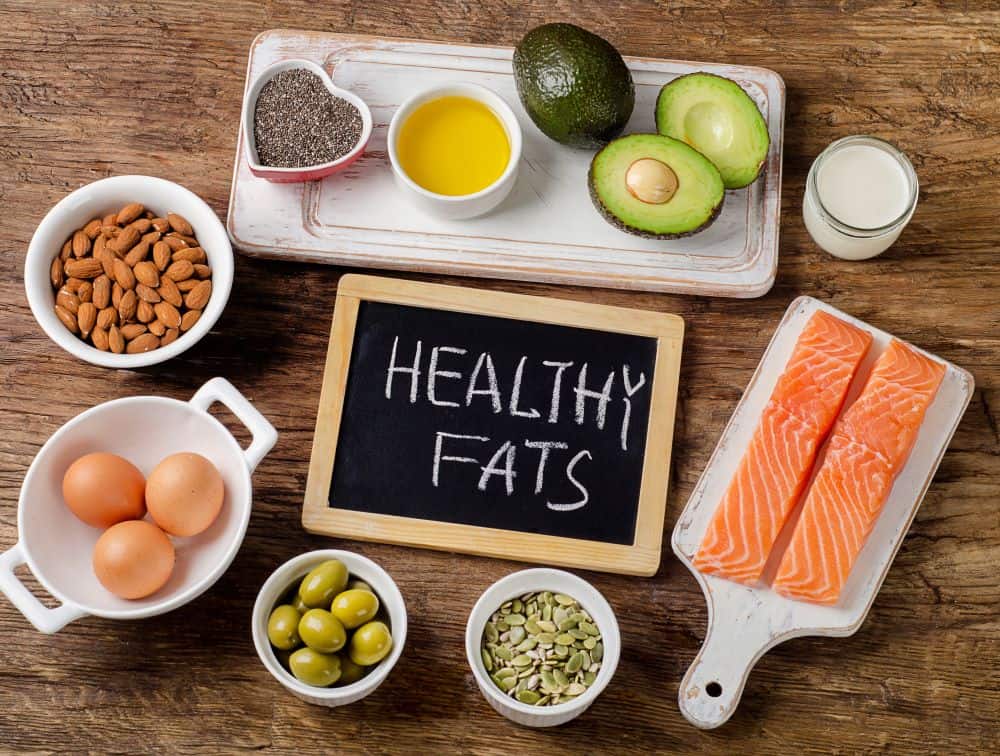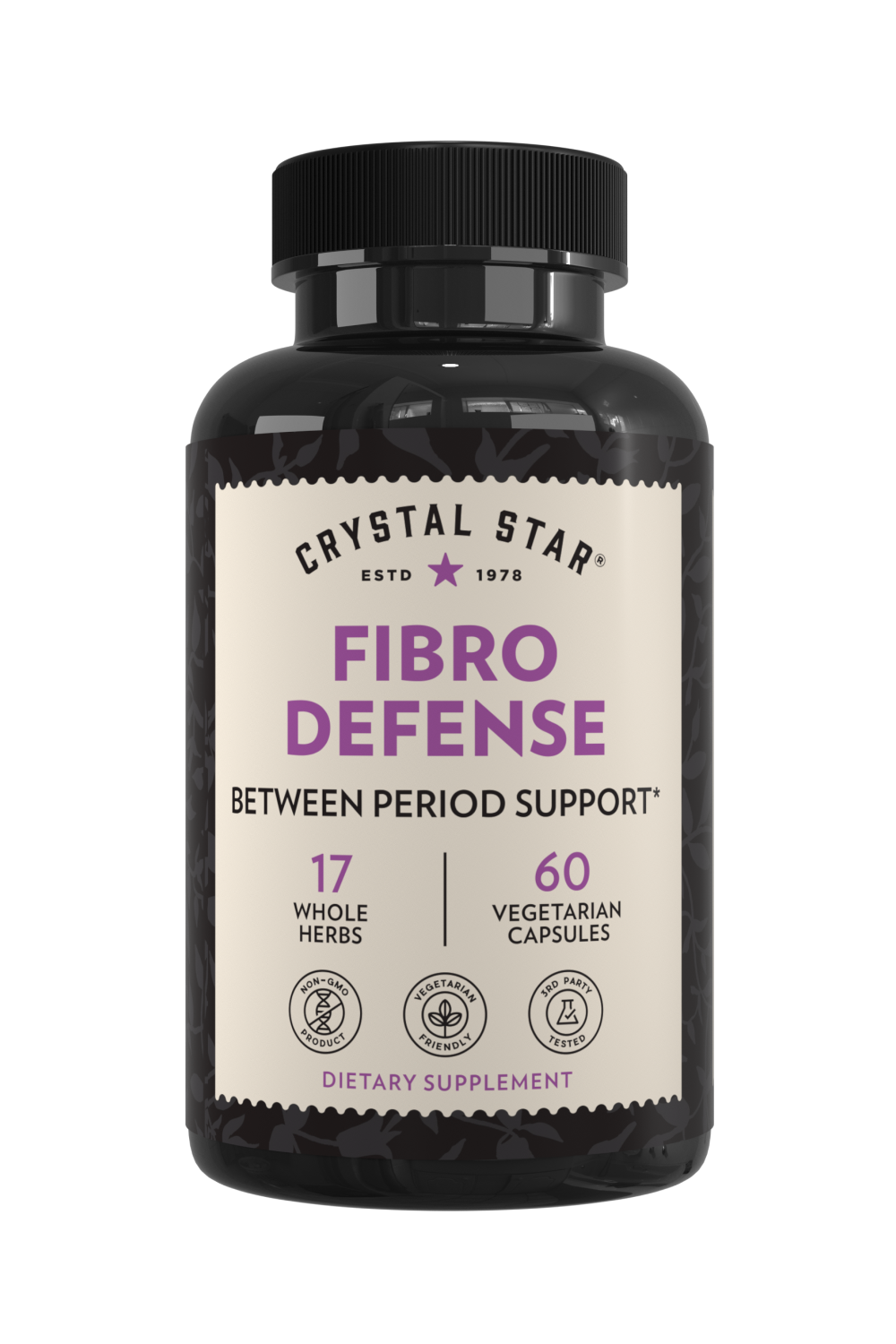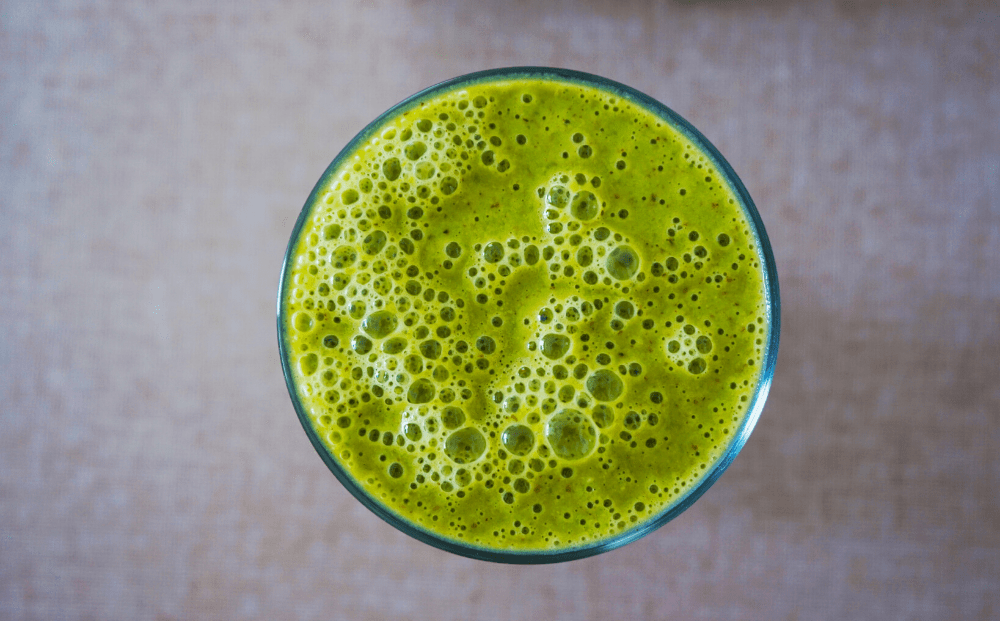
Why is your omega 6:3 ratio so important to the human body?
We are all trying to eat the right kinds of fats and oils. Cutting out trans fats (man-made, and your body can’t process them) and reducing saturated fats for better heart or cardiovascular health.
If you’re trying to make diet improvements, you’ve likely also heard of the health benefits of omega-3 fatty acids (often found in fish and certain seafood). Adding omega-3s to your diet can help keep your heart healthy, reduce pain, and prevent disease.[1]
But did you know that the ratio of omega-3 to omega-6 fatty acids you consume also matters?
Historically, humans traditionally ate these fats in a ratio of 1:1 – an equal amount of omega 6 and 3. But today, a modern Western diet may consist of 15 times more omega-6s than omega-3s.
This 15:1 ratio imbalance (too much omega-6: too little omega-3) is associated with several health problems, including inflammation, depression, obesity, and cancer.[2] [3]
Fortunately, you can lower this ratio by seeking foods high in omega-3s while limiting consumption of omega-6s.
Defining Omega-3 and Omega-6 Fatty Acids
Both omega-3s and omega-6s are polyunsaturated fatty acids. Polyunsaturated fats are “good” fats that help lower levels of bad cholesterol in your blood.[4] Your body uses both omega-3s and omega-6s in a variety of ways, including providing structure for cell membranes.[5]
Three omega-3 fatty acids are important in human physiology:
- (ALA) alpha-linolenic acid – nuts & seeds
- (EPA) eicosapentaenoic acid – fish, krill, algae
- (DHA) docosahexaenoic acid – fish, krill, algae
Four omega-6 fatty acids are important in human physiology:
- (LA) linoleic acid
- (GLA) gamma-linolenic acid
- (DGLA) dihomo-gamma-linolenic acid
- (AA) arachidonic acid
Both ALA (Omega 3) and LA (Omega 6) are “essential” fats that your body needs but cannot produce alone. Therefore, they must be obtained from diet or supplement. Your body can synthesize the other fatty acids but at a limited capacity. Meaning what you eat – your dietary intake – is the overall most important consideration.
What Are The Benefits of Omega-3 Fatty Acids?
The health benefits of omega-3s have been extensively studied and are well established.- They help support anti-cancer actions.[6]
- They can help reduce the risk of heart disease.[7]
- They have shown preventive and therapeutic effects on depression.[8]
- They may even help you get better sleep.[9]
Should You Avoid Omega-6 Fatty Acids?
Omega-6 fatty acids are not bad. You don’t need to avoid them. However, you do need to balance them with omega-3s. Problems only arise when the ratio to omega-3 is out of balance.Your body needs omega-6s for metabolism and for the health of your skin, hair, and bones.
A 2018 review found that increasing omega-6 fats reduces blood cholesterol, and that omega-6 fat intake has no effect on cardiovascular risk or other negative health outcomes.[10]
Following this data, some experts say not to worry about avoiding omega-6 fats. So, don’t cut omega-6, cut or substitute some of it for omega-3, or consume more omega-3 in total.[11]
What Are The Risks of A Poor Omega-3 To Omega-6 Ratio?
Emerging research shows that consuming too many omega-6s in relation to omega-3s can negatively impact health in several ways. The top problems this imbalance can cause are: Inflammation & Depression.If you suffer from inflammation, a 2018 review found that lowering the omega 6/3 could help. This finding occurred after switching from a “high” ratio of 18:1 to a “low” ratio of 3:1.[12]
If you suffer from depression, a study from 2017 found a high omega 6/3 ratio carried an increased risk for mood disorders in young people. They found that people with depression had a high ratio due to normal levels of omega-6s but low levels of omega-3s.
Other research has found correlations between a high omega 6/3 ratio and inflammatory bowel disease, glaucoma, and cancer.[13] [14] [15]
Meanwhile, a low ratio is associated with improved brain function in older adults.[16] [17] So there are lot of health benefits that happen when your omega-3 consumption goes up.
How Do You Improve The Ratio of Omega-3s to Omega-6s?
There are two main ways to improve your omega-6/3 ratio: Reduce intake of omega-6s and consume more omega-3s.
1. CHANGE YOUR COOKING OIL
Changing your cooking oil is one of the best ways to improve your omega 6/3 ratio. Our ancestors used more animal fats, like butter or lard, which are low in omega-6’s but high in unhealthy saturated fat.Today, we use more plant and seed oils in cooking, like Corn Oil, Safflower Oil, or Olive Oil. But according to the USDA FoodData Central, there’s a big difference in which one you choose, as nutritional content of common oils varies widely.
Increase these oils:
- Olive oil, avocado oil, and flaxseed oil – low in omega-6
- Safflower oil is moderately low in omega-6s.
Moderate these oils:
- Lard, palm oil, butter, and coconut oil are low in omega-6s BUT high in saturated fat.
Reduce these oils:
- Corn oil, cottonseed oil, soybean oil, sesame oil, sunflower oil, and peanut oil are high in omega-6s, so consider cutting or replacing them.
THE BEST COOKING OIL DEPENDS ON HEAT LEVEL (SMOKE POINT)
Most vegetable or seed oils don’t contain much omega-3 fat, but one does: flaxseed oil. In 100g of flaxseed oil, you’ll find a whopping 53g of omega-3 ALA. However, flaxseed oil burns at a low heat level (called its “smoke point”) – so don’t use it for cooking. It’s better used in salad dressings, cool or room temperature sauces, or raw.Smoke point becomes important when cooking. You want to use a healthy oil, but you need to know that when an oil starts to burn or “smoke”, it becomes slightly carcinogenic rather than healthful. Beneficial nutrients and phytochemicals at this point, and the overheating also creates harmful free radicals. So, pick the healthiest oil you can but be mindful of your cooking heat requirements.
A great cooking oil is canola oil. Here are some of the healthiest cooking oils and their smoke points:
Healthy Oils & Smoke Points:
- Flaxseed Oil – do not use in cooking
- Olive Oil – smokes between 325°F and 375°F – which is lower than some cooking requires. So only use for light sautéing, or low cooking temps
- Coconut Oil – smokes at 350°F
- Canola Oil – smokes at 400°F – High smoke point, light flavor. In 100g you’ll find 9g of omega-3 ALA (most oils have almost none). Compared to other oils, canola has low saturated fat and moderately low omega-6 content. It can lose its nutrients when refined, so try to buy cold-pressed canola oil if you can.
- Peanut Oil – smokes at 450°F – adds rich flavor, great for stir fry, but high in omega-6.
- Avocado Oil – smokes at 520°F – this is a great oil for all high heat cooking. More omega-6s, but still better than most other oils.
For the overall lowest omega-6 content in cooking oil, choose olive oil, avocado oil, or safflower oil.
2. IMPROVE YOUR RATIO: EAT FOODS THAT HAVE MORE OMEGA 3S
Boosting your omega-3 fat consumption is the other best way to improve your ratio.Great sources of ALA omega-3s include flax seeds, chia seeds, hemp seeds, walnuts, navy beans, and soybeans.
The best sources of DHA and EPA omega-3s are fatty fish, especially mackerel, salmon, anchovies, and sardines.
Fish or krill oil supplements provide DHA and EPA omega-3s, and there’s also algae. Microalgae is the source from which fish get their omega-3 content, making algal oil supplements a vegan-friendly option.[18]
Conclusion: Balance Your Omega 3/6 Ratio For Better Health
You know about the amazing health benefits of omega-3 fatty acids. These good fats can boost your mood, reduce inflammation, and protect your heart.But the ratio of omega-3s we get compared to omega-6s also matters. A modern Western diet may contain 15 times more omega-6s than omega-3s, leading to all kinds of health problems. For better health, that ratio should be lowered to 3:1 or even 1:1.
You can take action by choosing foods low in omega-6s while boosting your omega-3 intake. Changing your cooking oil, eating more fatty fish, snacking on healthy nuts or seeds, and taking an omega-3 supplement are all ways you can help restore the balance.
You can also order yourself an “at home” omega-3 blood level testing kit. They are available online for between $39 and $99 each, depending on level of report detail provided and where purchased. This will give you a starting point to watch as you gradually build more omega-3s into your diet. With consistent supplementation, you should see an improvement in 16 weeks (4 months), which can really help your body better optimize its own health and wellness. Another option is to get a blood test at your doctor’s office.
The average North American diet creates a blood omega-3 range of 3.9%, and for optimal health we need to be at 8% to 12%. If you are vegetarian or not eating fish, your omega values will be lower – Algae oil will help some, but your body still needs the DHA and EPA from fish or krill oil.
___________________________________________________________
References[1] https://ods.od.nih.gov/factsheets/Omega3FattyAcids-Consumer/
[2] https://pubmed.ncbi.nlm.nih.gov/18408140/
[3] https://www.ncbi.nlm.nih.gov/pmc/articles/PMC4808858/
[4] https://www.heart.org/en/healthy-living/healthy-eating/eat-smart/fats/polyunsaturated-fats
[5] https://lpi.oregonstate.edu/mic/other-nutrients/essential-fatty-acids#introduction
[6] https://pubmed.ncbi.nlm.nih.gov/23919748/
[7] https://www.ncbi.nlm.nih.gov/pmc/articles/PMC6903779/
[8] https://www.ncbi.nlm.nih.gov/pmc/articles/PMC3976923/
[9] https://www.ncbi.nlm.nih.gov/pmc/articles/PMC4013386/
[10] https://www.cochrane.org/CD011094/VASC_omega-6-fats-prevent-and-treat-heart-and-circulatory-diseases
[11] https://www.health.harvard.edu/newsletter_article/no-need-to-avoid-healthy-omega-6-fats
[12] https://www.ncbi.nlm.nih.gov/pmc/articles/PMC6269634/
[13] https://www.ncbi.nlm.nih.gov/pmc/articles/PMC5751222/
[14] https://pubmed.ncbi.nlm.nih.gov/24290344/
[15] https://pubmed.ncbi.nlm.nih.gov/31127884/
[16] https://pubmed.ncbi.nlm.nih.gov/28550831/
[17] https://pubmed.ncbi.nlm.nih.gov/28394147/
[18] https://www.ncbi.nlm.nih.gov/pmc/articles/PMC5793051/








